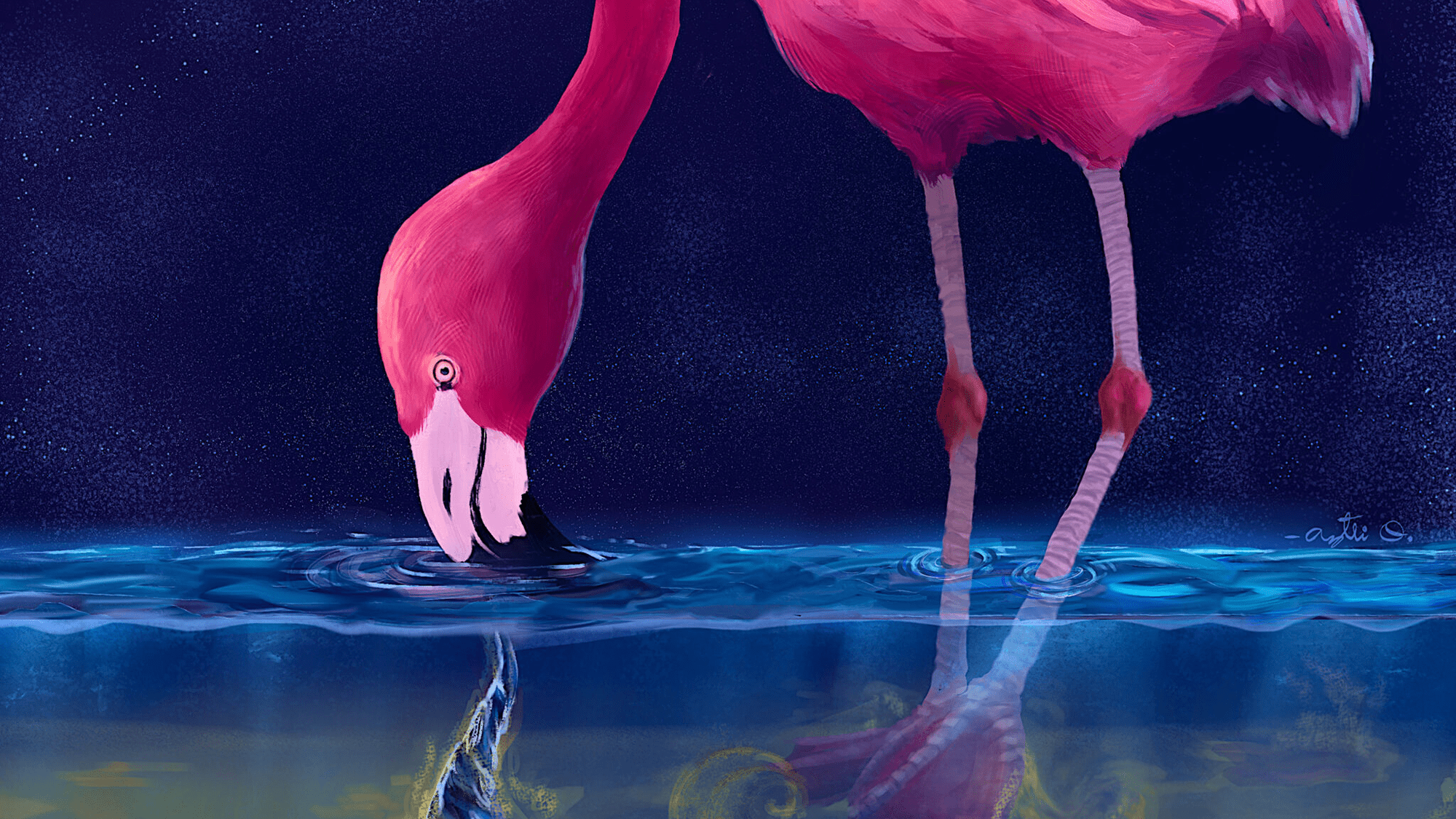New research led by the University of California, Berkeley and the Georgia Institute of Technology reveals that flamingos, far from being passive filter-feeders, are active predators that use flow-induced traps to capture agile invertebrates.

New research led by the University of California, Berkeley and the Georgia Institute of Technology reveals that flamingos, far from being passive filter-feeders, are active predators that use flow-induced traps to capture agile invertebrates.

About 3.7 billion years ago, a string of naturally occurring amino — the same kind that astronomers have found in meteorites and just recently in a stellar nursery near the center of the Milky Way Galaxy — reacted with a naturally occurring…

Trained with a joint understanding of protein and cell behavior, the model could help with diagnosing disease and developing new drugs.
A protein located in the wrong part of a cell can contribute to several diseases, such as Alzheimer’s, cystic…

It’s almost time for two young birds who have captivated the internet around the…

Researchers at the Terasaki Institute for Biomedical Innovation (TIBI) have developed a technique that could help advance treatments in tissue engineering. The study, published in the scientific journal Small, introduces a technique…

A pink flamingo is typically associated with a laid back lifestyle, but the way…

In order for trees to grow, they need to control their water balance meticulously. A study by the University of Basel shows how trees react to drought — and revises previous perceptions.
Plants have small pores on the underside of their leaves,…

Researchers at UCL and the Francis Crick Institute have, for the first time, identified the origin of cardiac cells using 3D images of a heart forming in real-time, inside a living mouse embryo.
For the study, published in The EMBO Journal, the…

In a groundbreaking discovery, researchers from Florida Atlantic University’s Charles E. Schmidt College of Medicine have identified a never-before-seen mechanism that enables the human immunodeficiency type 1 virus (HIV-1) to evade the body’s…

Butterflies’ flight trajectories often appear random or chaotic, and compared with other hovering insects, their bodies follow seemingly mysterious, jagged, jerking motions.
These unique hovering patterns, however, can potentially provide…